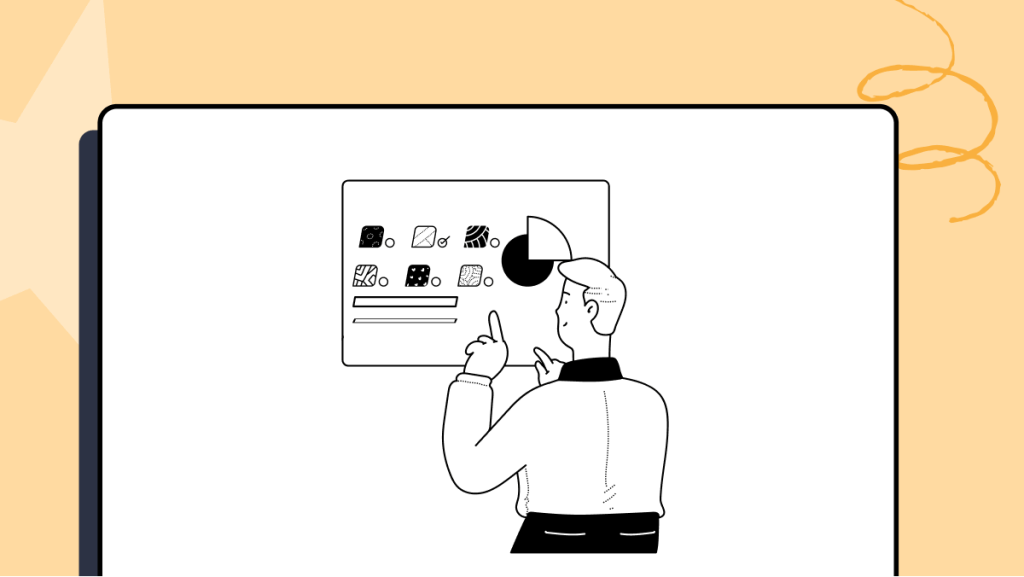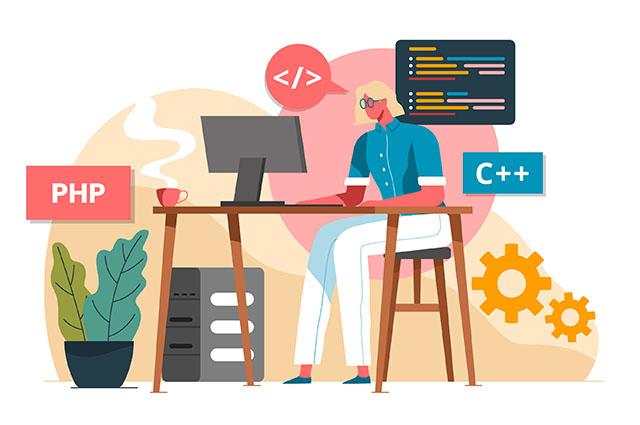Java Web Frameworks That Will Be Most Popular in 2023


When paired with a framework, Java’s strength allows it to provide the finest solutions for every industry, including e-commerce, banking, cloud computing, finance, big data, the stock market, and more.
A Java Framework: What Is It?
We must first recognize that Java is a backend technology and that developers, like Java development services at Academysmart, may use a variety of Java frameworks for backend development before moving on to the top frameworks for Java development. A website’s server side is referred to as the backend.
It enables the client-side functionality of the website and organizes and retains data. It’s the part of the website that you can’t see or access. The core of the Java framework is that developers use top backend technologies to do this. Let’s now examine what Java frameworks are.
A Java framework is a collection of preset programs that programmers use to create web applications. In Java programming, these frameworks are classes and methods that manage hardware, handle input, and interact with system programs. Java frameworks include pre-written code and libraries that enable developers to construct applications without having to write every line of code from scratch. The latter is open source at the same time.
Web Development’s Top Java Frameworks


Grails
It is an intuitive, beginner-friendly dynamic full-stack Java framework built on the MVC design pattern. An object-oriented language that boosts developer efficiency is Grails. Despite being built in Groovy, it is completely compatible with Java syntax and can be executed on the Java platform.
Spring Boot
With the help of the Spring Boot framework, it is simple to develop standalone, production-ready web apps. For the development of enterprise-grade online applications, Spring is a complete framework that offers a broad variety of capabilities, including dependency injection, security, testing, data access, messaging, caching, and more.
Google Web Toolkit
The Google Web Toolkit (GWT) framework, like many of Google’s open-source offerings, rapidly gained popularity among developers.
GWT is a tool for converting written Java code into functional JavaScript. It is designed for building complex and useful online applications. Therefore, Java developers don’t need to become top-tier JavaScript specialists to exercise more inventiveness.
Hibernate
One of the most well-liked frameworks for web development that offers an abstraction layer is called Hibernate. As Hibernate handles the performances inside, the programmer should not bother about implementations. It is at the top of the list of Java frameworks because it is very useful for tasks like creating the connection and formulating a query to carry out activities like CRUD.


JavaServer Faces (JSF)
It resembles Struts quite a bit—a free online application framework maintained by Oracle technology that makes it easier to design server-side application user interfaces by assembling reusable UI components on a page. JSF is a component-based MVC framework that focuses more on the display layer and incorporates a variety of client-side technologies, enabling web developers to construct user interfaces with merely drag and drop.
Play
Play is an open-source, capable, and compact Java framework that streamlines the development of online applications. It has built-in capabilities like code reloading and convention over configuration and adheres to the MVC design pattern.
The play uses fewer resources and performs well since asynchronous processing is used. It makes it possible to create robust, contemporary online and mobile apps. Additionally, it has excellent security, adaptability, and dependability qualities.
Quarkus
A framework called Quarkus attempts to establish Java as a top platform for building cloud-native websites. Building online applications that are optimized for the cloud, such as containers, serverless functionalities, etc., is known as cloud-native web development. Web applications built for the cloud should be quick, light, scalable, and robust.
JavaServer Faces
A JavaServer framework called JavaServer Faces (JSF) makes it easy to create contemporary user interfaces (UIs). Developers may create web applications using JSF that have several uses for the user interface and are simple to link to data and client events.
Even though this framework creates front-end solutions, its design has back-end developers in mind. The problems that front-end code may create for back-end functions are reduced with JSF.
Conclusion
You may choose one of the many effective Java Web Frameworks to meet your demands. It depends on your own preferences, but none of the top three are poor options. Just be aware that moving to another framework requires a fair amount of effort once you commit to one and begin using its capabilities.



